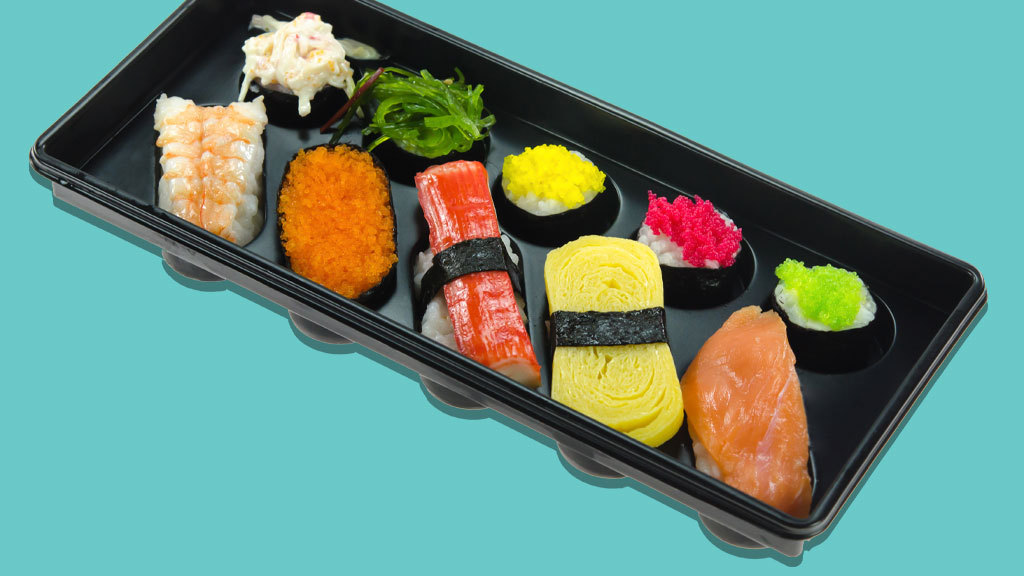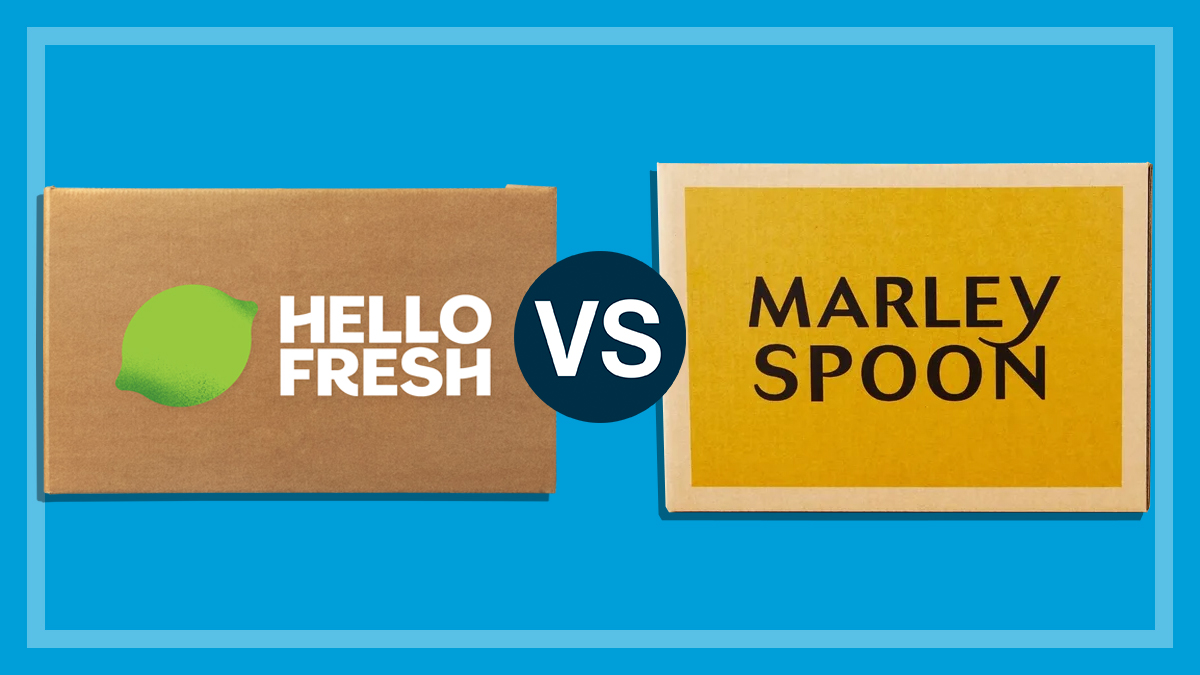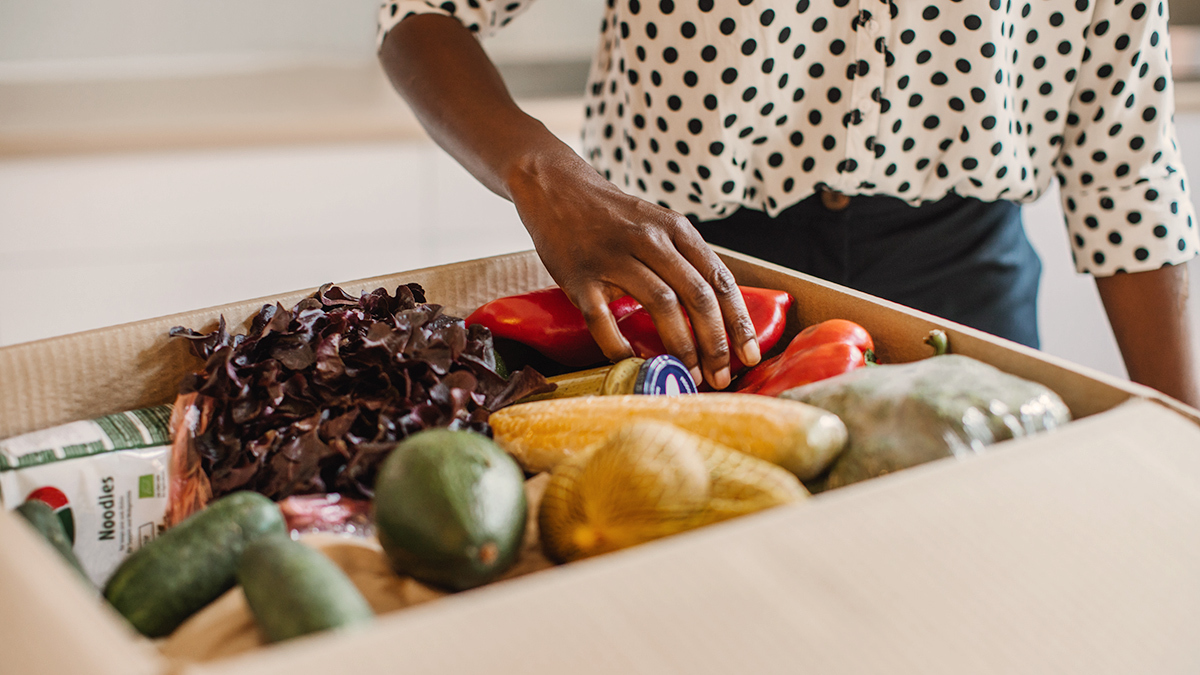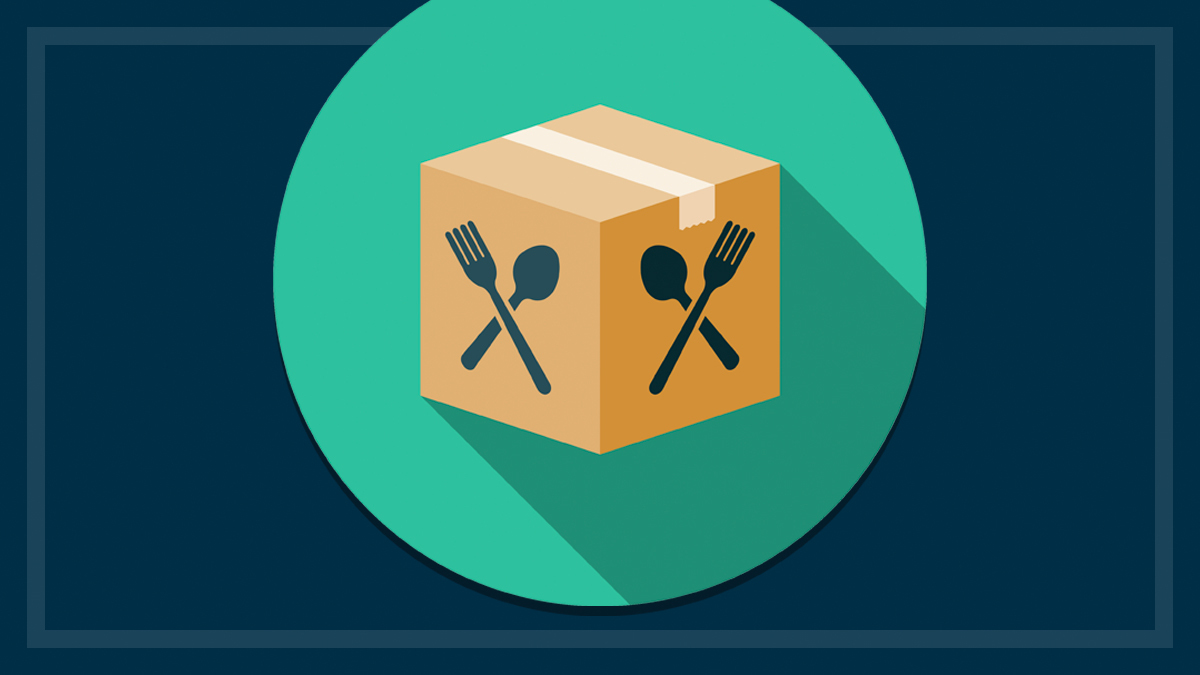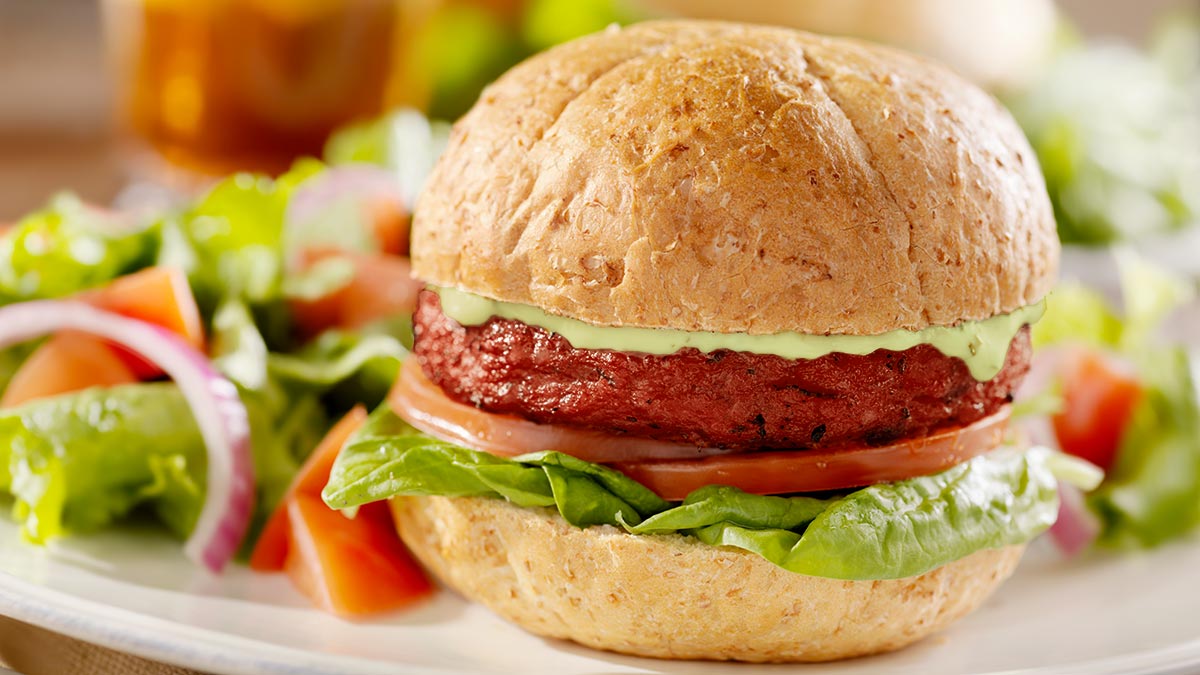Get our independent lab tests, expert reviews and honest advice.
A guide to food delivery service apps: Uber Eats, Menulog, Deliveroo and more
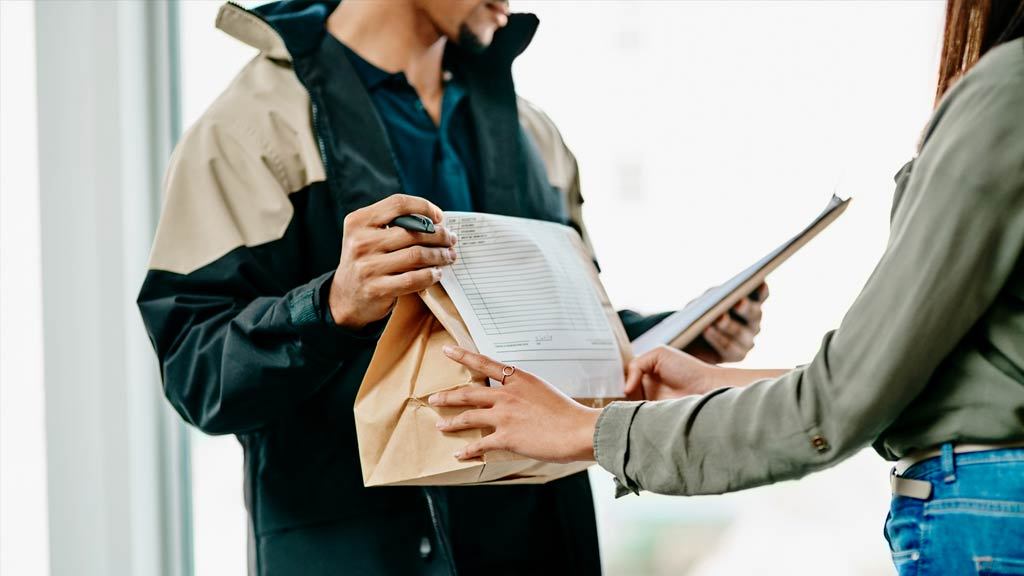
Gone are the days when takeaway food delivered to your door was limited to the local pizza shop. Food delivery services such as Uber Eats, Menulog and Deliveroo let you browse a broad range of culinary options in your area – everything from fast food to the fanciest restaurants in town.
On this page:
- What are food delivery services and how do they work?
- What can you order?
- How is the food delivered?
- Extra features and functions
- Where do food delivery services operate?
- Are food delivery services ethical?
- Are the drivers treated fairly?
Please note that we will not recommend any food delivery services due to the alleged ethical and legal issues. However, we understand that consumers will encounter and most likely consider using/start using these services. We feel it’s important to inform you of the advantages and disadvantages of using each app, and the overall experience.
What are food delivery services and how do they work?
Food delivery services are basically restaurant search engines for your computer and smartphone. They act as a middleman, connecting users with food outlets and organising delivery.
Getting started
1. Create your account
All you need to do is visit the app or website, enter your address, and the service will list all the food options in your area. Though they’re free to use, you will need to create an account.
2. Choose your restaurant
- You can only browse for food outlets that have partnered with the service you’re using. Though some places may be available on more than one service, many have exclusive arrangements. Your favourite dumpling house may only be on Uber Eats for example.
- You can explore all available food outlets or filter based on cuisine types – e.g. BBQ, Vietnamese or Italian.
- Most also have special dietary filters including vegetarian, vegan, Kosher, Halal and gluten free.
- Some apps can filter by price and user rating.
- Some will also recommend other outlets based on your previous orders.
Alternatively, you can just enter the restaurant name if you know where you want to eat.
3. Place your order
The next step is essentially the same as online retail shopping. You browse the menu, add your meals, sides, drinks and desserts to your cart and pay via the app. Then, the service sends your order to the food outlet. Though convenient, the one major drawback is the inability to customise your meals (e.g. remove pickles from your burger), in most cases.
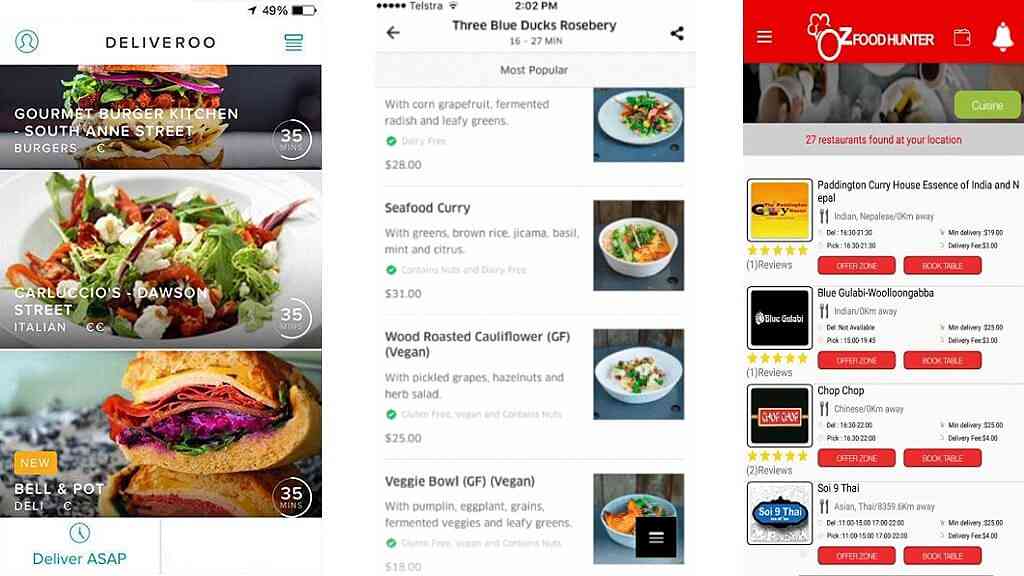
What can you order?
This is where food delivery services improve on the old model. In the past, you could only order food from outlets that had a takeaway menu and staff on hand to deliver the meals. Instead, some food delivery services use their own drivers as couriers, which opens up the opportunity for restaurants, cafes and fast food joints to offer delivery where they didn’t, or couldn’t, before.
Instead of sticking with a typical takeaway menu, most food outlets offer most, or all, of their in-house options through the service. This means consumers can order proper meals, desserts and so on, as opposed to traditional takeaway. This is partly why they’re so popular – consumers have many more choices.
How is the food delivered?
- Food is either delivered by car, motorbike or bicycle if it’s in close proximity to your location.
- Companies such as Uber Eats and Menulog have their own drivers. They can act as delivery drivers/riders for food outlets that don’t have their own delivery staff.
- Services without a fleet of drivers/riders use restaurant staff. This is usually noted when you order.
- Most apps also have a pickup option.
How to pay
You need to enter a credit/debit card or PayPal account when you sign up to a food delivery service. This is so they can automatically bill you at the end of the transaction, again, not unlike online shopping. However, some have a ‘cash on delivery’ payment option as an alternative.
Tracking your order
Once you submit an order, you can track progress via the app.
- Basic services provide an ETA, and text updates if your meal is delayed.
- Others update cooking progress, and let you track the driver as they approach your destination (similar to ride-sharing services).
- You can only track the driver if they work for the food delivery service. It’s not available when the food outlet sends its own staff.
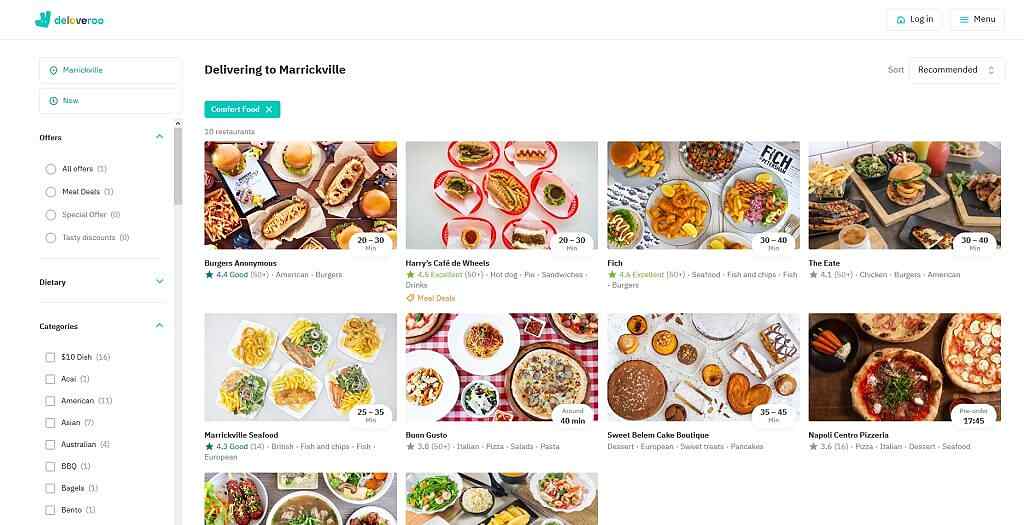
Extra features and functions
Though all food delivery services are more or less the same when it comes to their core function of, well, delivering food, some have a few more features and functions that can sweeten the meal.
- Alcohol delivery
- Cancellation option: surprisingly, some apps don’t let you cancel or change an order. Instead, you have to call the food outlet, which kind of defeats the purpose.
- Filter options: the more the better, as you can really narrow down the options to your preferred cuisine. Deliveroo also has a ‘late night’ filter, which is very handy if you find yourself heading home late after work or an event, with no food in the fridge.
- Meal images
- User ratings: an average star rating can be a good indicator of food quality.
- User suggestions: you’re not going to find every food outlet on your delivery service of choice, but some let you suggest additions. Of course, it’s up to the business owner to decide whether or not they want to partner with the service.
Where do food delivery services operate?
Food delivery services in Australia are mostly limited to capital cities, major urban centres and some regional cities such as Cairns.
You can check the company websites to see if a particular service operates in your area, or just download the app for free and check whether it works where you are.
Unfortunately, you’re unlikely to find these services in regional/rural areas and small towns, unless within the delivery proximity of a larger city. However, this may change as business continue to expand.
Are food delivery services ethical?
As with ride sharing services, food delivery services operate in an ethical grey area. Drivers/riders are employed as contractors, if the service uses its own fleet (as opposed to restaurant staff). The system allegedly limits the rights of drivers if they have any professional and financial grievances, and doesn’t put them in the best position to negotiate.
Are the drivers treated fairly?
In 2017, the Fair Work Commission concluded that Uber drivers are independent contractors, not company employees and thus did not fall under the same protections. However, the Fair Work Ombudsman (FWO) reached a different outcome during an investigation into Foodora, before the company left Australia.
In 2018, three Foodora workers claimed that they had suffered a loss of $1620.74 over a four-week period, due to a dodgy contract. Foodora claimed that the workers had been hired as contractors and therefore had not suffered a loss. One key difference came down to branding. Though they were hired under contract, the FWO concluded that the workers were in fact employees, as Foodora required workers to wear a Foodora-branded t-shirt and use food storage boxes and/or bike racks supplied by Foodora. The FWO found that Foodra had breached sham contracting laws on these grounds.
In early 2018, Uber Eats, Foodora and Deliveroo riders marched through Sydney to demand better working conditions. They claimed that there is limited regulation around pay, safety protections and benefits such as superannuation. However:
- Uber, which also runs Uber Eats, claims that it offers driver protection (though the company does not specify Uber Eats).
- Deliveroo also claims to provide WorkCover for drivers and riders, but we couldn’t find any indication of this on the company website.
What about the food outlets?
At the other end, some food outlets claim that Uber Eats is holding their business over a barrel, while providing subpar service, according to an ABC investigation.
- Uber Eats allegedly takes 35% of the cut, which has forced some food outlets to up their prices.
- Poor Uber Eats service can reflect badly on the food business, yet Uber does little to rectify this situation as they have no investment in the food outlet.
- One example often cited by restaurants is cold food due to slow drivers who lack the appropriate storage containers in their vehicle.
- The growing popularity of food delivery services means many food outlets need to be onboard to survive, which gives them next to no bargaining power, especially when Uber Eats changes its agreements.
Uber Eats updates restaurant contracts
In July 2019, Uber Eats committed to changing an aspect of its restaurant contract, that held the food outlet responsible if meals were delivered in subpar condition (e.g. messy, cold or damaged). An ACCC investigation concluded that these contracts were unfair, as Uber delivery drivers or riders are not employed by the food outlets, and yet they were being held responsible for the quality of Uber Eats’ work. This was considered detrimental to restaurants that chose to use Uber Eats, as the food outlets were being made to answer for elements outside their control, which could also leave them financially liable.
According to the ACCC:
- Uber Eats has agreed to amend these terms, to clarify that restaurants will only be responsible for matters within their control such as incorrect food items or incorrect and missing orders.
- Under the amended contracts, restaurants will also be able to dispute responsibility for any refunds to customers and Uber Eats will reasonably consider these disputes.

